H

ot take here: kale sucks.
Actually, I’m convinced that, in fact, nobody actually likes kale. Or rather, no one naturally gravitated to it.
Ask anyone — even the biggest kale evangelists will immediately point to the various preparations of kale devised to make you forget you’re eating a shrub: baking, battering, dressing…
And, just when you start to chime in that if you cooked a car tire long enough it’d probably be edible, they hit you with the kicker — it’s just so good for you, they say.
But here’s the thing: Kale doesn’t even scratch the top 10 greens in terms of nutrient density.
Yet, sometime in the 2010s, we all woke up and thought, wait a minute — you mean we’re allowed to eat this garbage leaf? And then the world went hog-f*cking-wild.
So how did kale go from something we put under cantaloup on buffet tables, to the cover of Bon Appetit, Beyonce’s sweatshirt, and my Midwestern mom’s crisper, seemingly overnight?
I started to turn over a few leaves. And I didn’t have to look far before I stumbled across the self-proclaimed Kale Queen herself: A woman by the name of Oberon Sinclair. And it turns out, that was just the tip of the iceberg.
Peak Kale
From 2011 to 2014, America’s interest in kale skyrocketed.
Kale-related search queries quadrupled, and the butch lettuce gained high-profile endorsements from food magazines (like Bon Appetit, which named 2012 ‘The Year of Kale’), celebrities (a la Beyonce’s KALE sweatshirt in her 2014 music video for “7/11”) and of course, everyone’s favorite health ‘guru’, Dr. Oz.
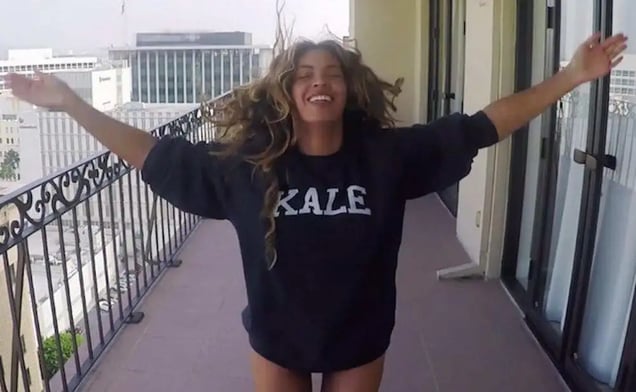
By 2014, kale had officially been canonized in American pop culture, Whole Foods was selling 22k bunches per day in its stores, and small-time kale chip producers became multi-millionaires practically overnight.
When Dr. Oz and Bey talk, people listen. But how did kale enter the conversation in the first place? Who planted the seed?
The Kale Queen
“The story is really simple,” Ken Albala, director of food studies at the University of the Pacific told National Geographic. “One woman said, ‘I’ll get everyone to eat kale.”
According to sources from PAPER to The Independent, that woman was New York-based publicist and self-proclaimed kale evangelist, Oberon Sinclair.
In 2015, Sinclair began taking credit in multiple publications for rehabbing kale’s rep, telling MindBodyGreen that she used guerrilla marketing to “educate consumers” on kale’s benefits, “put it on chalkboards around Manhattan,” and convinced trendy restaurants like the Fat Radish (one of PR agency’s clients) to feature kale on their menus. “The ‘trend’ escalated from there,” she said.
What kind of cruciferous chalkboard vigilante are we dealing with?
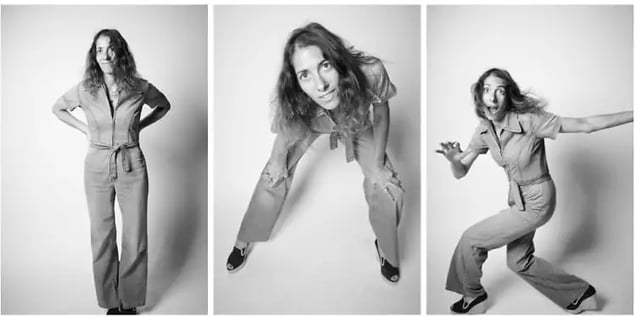
Here’s what we know: Sinclair’s PR agency, My Young Auntie, represents trendy brands like Givenchy and Hermes. Before that, Sinclair (a London-native), worked at Motown Records, MTV Europe, and played a TV mother on a Chinese Soap Opera with the catchphrase “Ding Dong!”
She also loves kale. “I have always believed in the nutritional benefits of kale,” she told PAPER. “I knew this was no ordinary vegetable.”
And… that’s about it.
Her social presence is limited to a windswept, black-and-white Facebook profile picture of her coolly smoking a cigarette, and a Twitter profile that hasn’t been updated since 2017.
But… why?
By her own accounts, Sinclair’s decision to promote kale was completely organic: “Not everything I do is planned, it does happen naturally-things fall in my path and I notice them,” she mused via email. “I think it’s important to do good.”
When PAPER asked her if she was “rich from kale,” she said simply, “I am richer knowing that I have helped to promote a vegetable that is healthy for you.”
Maybe she’s a kalehead at heart, but someone had to be fronting the green for this operation, right?
Sinclair originally told sources that she worked with her client, the American Kale Association, to develop the campaign…
Except the American Kale Association doesn’t exist
The AKA’s website describes it as a “public forum dedicated to providing leading information about kale and its health benefits.” But, according to the National Farmers Union, the Fresh Produce Association, and other kale farmers, there is no official kale-lobbying group in the US.
And, aside from a well-liked Facebook page and Twitter account, there’s no evidence that a coalition of kale farmers created the AKA.
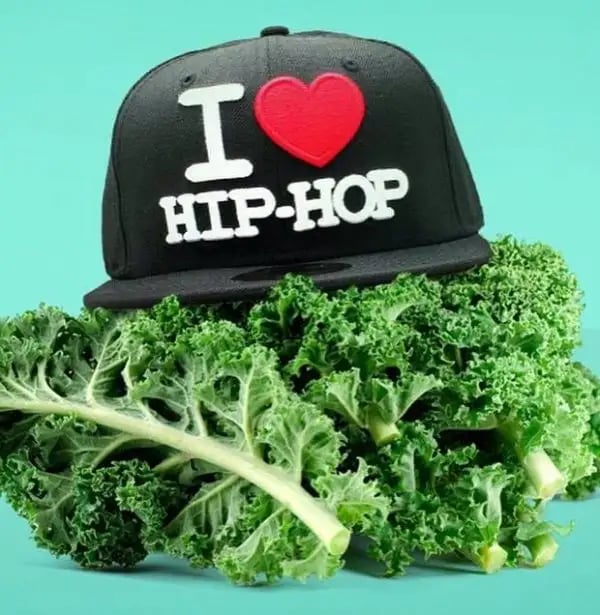
When a reporter at Mindbodygreen finally asked Sinclair point-blank if she was behind the AKA, she folded.
“Yes,” she admitted. “It’s my proudest campaign ever. I’ve been trying to convert people for years to eat in a healthy way. I’ve always loved [kale]. It is an amazing vegetable.”
“I’m a punk at heart,” she told MBG. “I wanted to do something differently — and I did.”
So, one woman pimped out kale to be ‘counterculture’?
Sounds dubious, but maybe so. By all accounts, there is no official kale lobbying group in the US, so the perp would likely have been an independent health food company with a vested interest in veg.
While there are notable examples of “Big Food” dropping huge dollars on PR campaigns (like the California Milk Processor Board’s famed “Got Milk” campaign), Professor of Nutrition, Food Studies, and Public Health professor at NYU Marion Nestle noted over email that, “the producers of health foods typically don’t have the kind of advertising budgets used by Coke or McDonald’s.”

So, even if there is a secret benefactor slipping Sinclair cash behind the scenes, it probably wasn’t an eye-popping sum.
Kale is just “one of those things,” Nestle surmised.
That is to say, maybe Sinclair really did “punk” us after all.
At least it was for the greater good…
Well, depends who you talk to. Sure, encouraging people to eat kale is arguably better for public health than, say, encouraging them to eat DiGiorno’s pizzas.
But, while Oberon touts kale as “no ordinary vegetable,” in the grand scope of leafy greens, it’s pretty darn average.
According to a 2014 peer-reviewed study by the CDC that ranked fruits and vegetables by nutrient density, kale falls just 15th on the list of “powerhouse fruits and vegetables,” behind greens like watercress (#1), spinach (#5), and regular old romain (#9).
And what about kale farmers supplying America’s hottest leaf? Maybe the American Kale Association is a hoax, but aren’t there actual kale farmers that benefited from their crop’s newfound popularity?
It’s a double-edged sword
The US’s 2012 Census of Agriculture shows that, between 2007 and 2012, the number of kale farms grew from 954 to 2.5k. Farmers rushed in to buy seeds and acreage, as consumer demand skyrocketed.
But, by 2016, Kale farmers reported that the boom caused seed prices to rise almost 80% from 2013, and CBS reported that the spike in popularity was “creating a major headache for some kale farmers,” as demand outpaced seed supply.
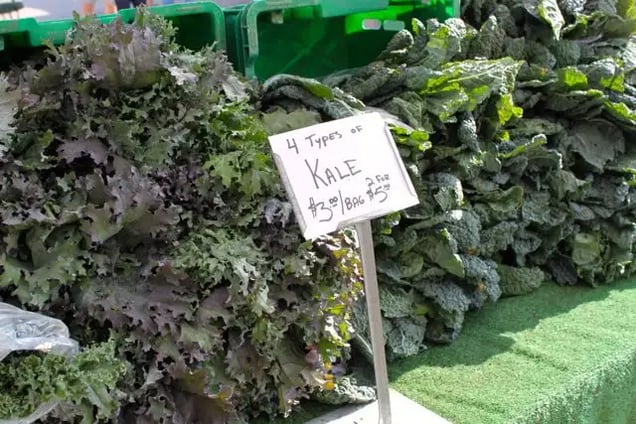
Problem is, for farmers that rushed to get in on the kale craze, once you go all in on a crop, it’s pretty hard to stop. By the time kale suppliers started sourcing seeds from overseas, experts were already predicting a plateau.
It’s called an “irreversible supply curve:” As one agricultural economist told The Wall Street Journal, between equipment, land, and seeds, the start-up costs of farming are huge — it’s a long-term investment and “you can’t reverse it.”
Consumers don’t care about ‘supply curves’
For many hot new “superfoods,” marketing spreads faster than research. Obscure foods can blow up based on outdated, or narrow studies, then lose popularity as new information comes out, or as other health fads usurp them.
Case in point: After a 4-year hot streak from 2011-2015, coconut oil sales plummeted 24% in 2017, amidst new research that raised questions about its negative impact on cholesterol.
Time will tell if (and when) US consumers will grow weary of kale, but one’s thing’s for sure — when one leafy green falls out of the spotlight, there are 20 more waiting in the wings to become America’s new little gem (hot tip: according to Business Insider, swiss chard is on the up and up).
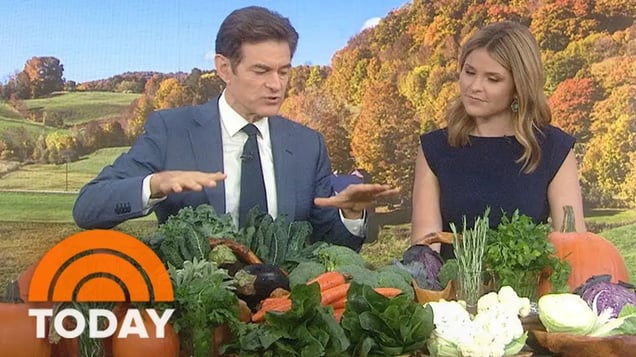
“You see these things go in and out of favor so quickly… quite often these [superfoods] are built on fads and consumer whims,” a director at market-research firm Mintel told the Tribune.
And, in the boom and bust world of celebrity veg, farmers are the ones stuck holding the till.

